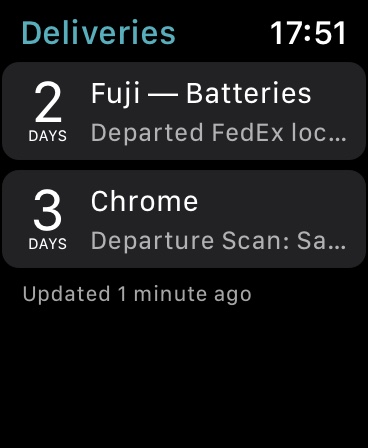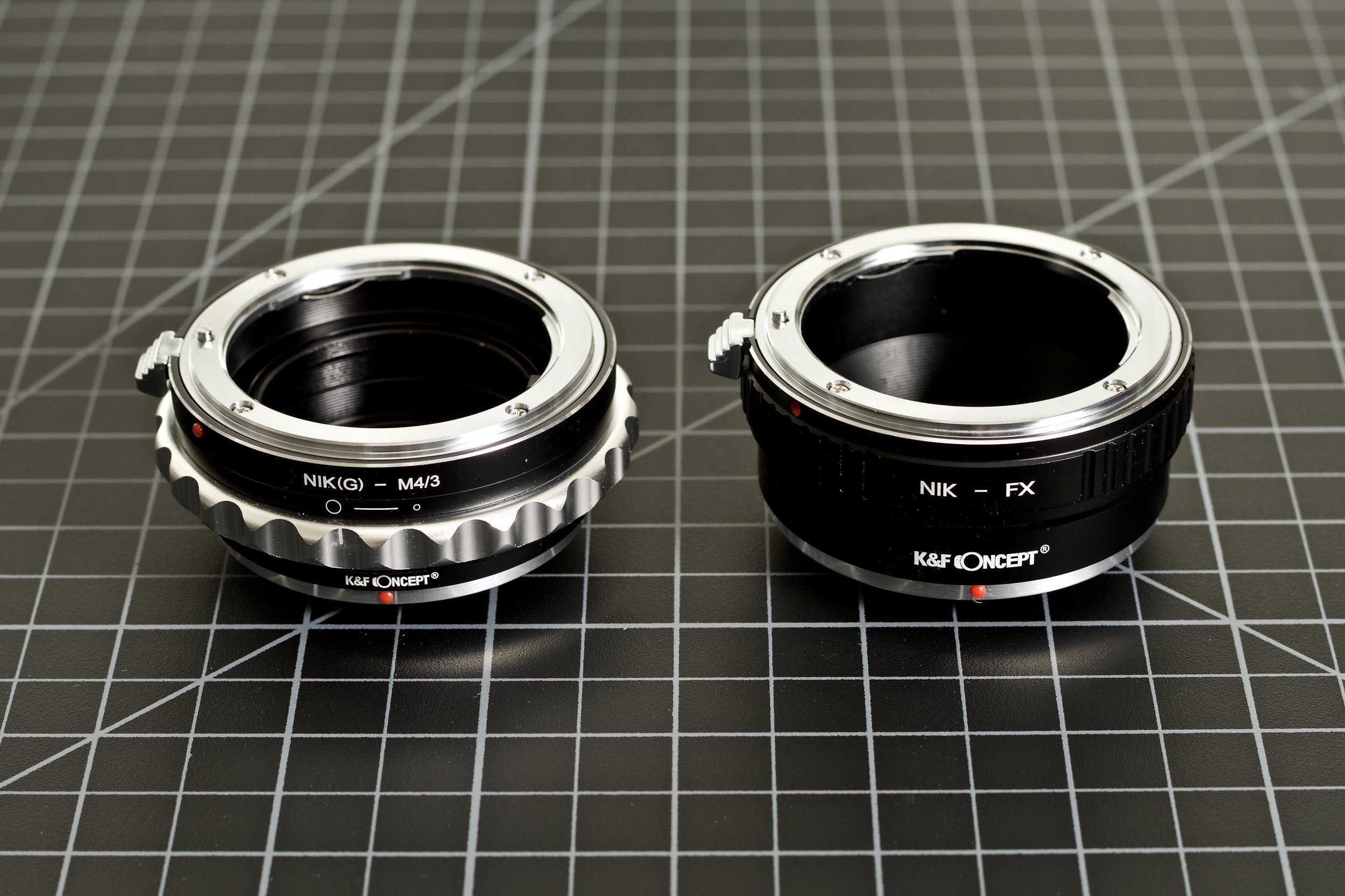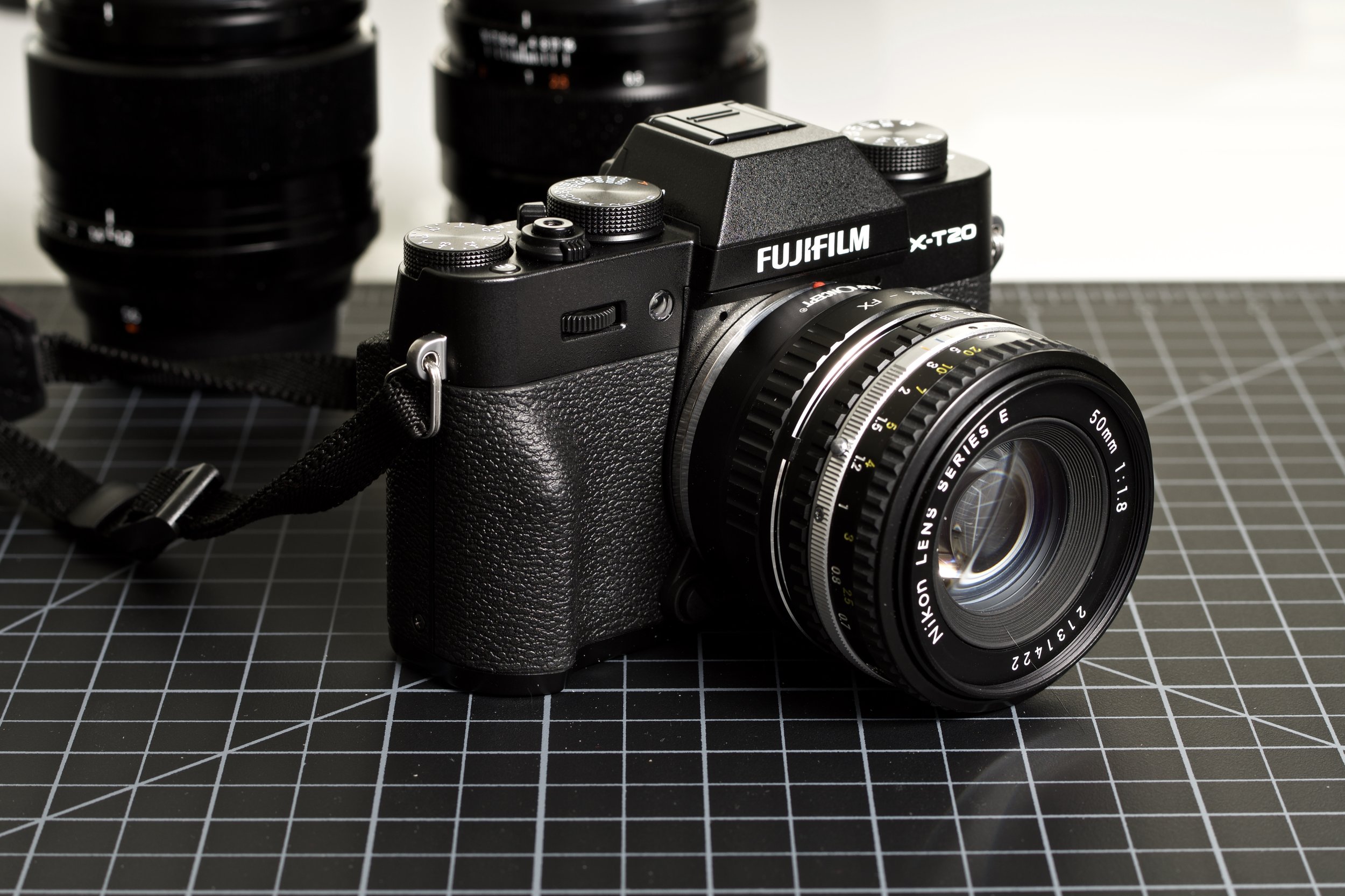With 2019 only days away, embarking on a new photography project, and picking up the Olympus M.Zuiko ED 60mm ƒ2.8 Macro lens, macro photography will be something I’m looking forward to. To supplement my efforts, I wanted to add a new tabletop tripod to my gear list. It isn’t my first but the two I own are really not much more than tripods for some iPhone photography.
As Adrian’s Gear goes, I know good gear when I see it and the Feisol TT-15 Mark 2 carbon fiber tripod immediately had my attention. Made is the USA, Feisol was a company I wasn’t familiar with. Something said that was going to be a solid piece of gear, however.
The first thing that caught my attention, other than a simply design, was the three position locking points for the legs. So many tabletop tripods are either collapsed or open. In other word, only one useful position.
The next feature that was important to me was my option to choose my own tripod head. While Feisol recommends their CB-30D head, I have more tripod heads than I know what to do with. Currently mounted is my Benro IB1 ball head—it is rather large so I might use my Leofoto LH-25 which has a lower profile.
To connect a tripod head to the base, there is a 3/8 screw but it also has a flat head slot on the underside. It doesn’t sound like much of a feature but it is really valuable. Many tripod head just simple get screwed onto the legs which means various feature of said head could be misaligned or simply inconveniently postponed. But with this flat head screw, one can properly align the tripod head and then tighten it to the base. It is especially valuable with a panning head, such that the 0 or 360 or whatever degree you’d like is in the proper position. This would also apply to aligning where one would like the knobs and levers of the head. I personally aligned the 0 degree mark to one specific leg that would likely also remain the forward leg when in use.
Lastly, with how much I am going to be packing this with me, I wanted light weight and the carbon fiber will support heavy cameras but keep it lower weight in transit.
Side note: while I have a carbon fiber tripod, the Manfrotto 190CXPRO3, I actually prefer aluminum tripod *because* of their weight. Tripods aren’t always fun to travel with but their main focus is to stabilize one’s camera. The weight is very welcome rather than having to weight it down later with a sandbag for example.
The locking mechanisms for the legs also function very nicely. In fact, I was unaware of this feature until I first used it but the latch is spring loaded such that one can adjust each leg with only one hand. Pulling down on the latch will unlock the leg to move to a higher (lower tripod height) position. While pulling down on the leg will simply lock to a lower position putting the tripod into a higher position.
I’ve only had the Feisol TT-15 Mark 2 for a short time, I’m already very pleased with its performance. It feels a little more like a professional tripod than some other tabletop tripods that feel like an afterthought to the tripod manufacturer.
This is not a cheap tripod, however. The legs alone will cost one $69. Adding a head, even a “cheap” one will likely push the overall cost to over $100. Some might balk at the price but there are two things in photography one shouldn’t go cheap on: lenses and tripods. A lousy tripod will either not function properly at all or just drive one mad… or both.
I’ll have this tripod for a long time and I’ll experiment with several heads to find which one I think works best for this petite set of legs—it won’t take long because I expect I’ll be toting and using the Feisol TT-15 Mark 2 frequently here in 2019. But as it stands, I already highly recommend this tripod and look forward to using more Feisol gear in the future.
Price: $69











